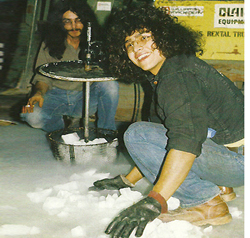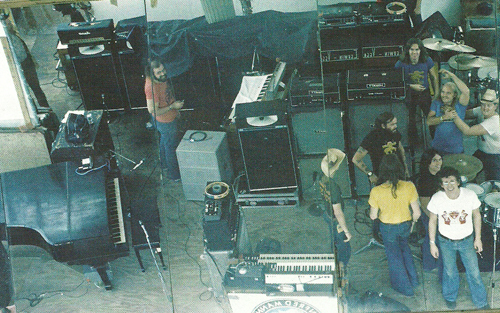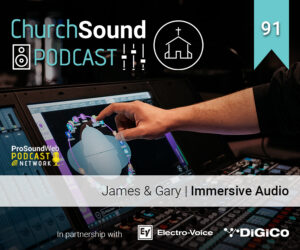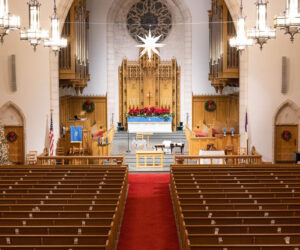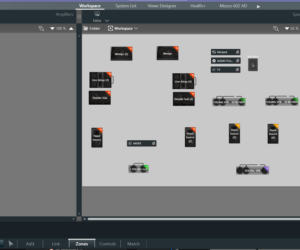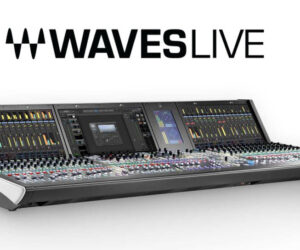Touring around Britain and Europe during the early 1970s was quite a challenge; most bands carried their own public address (PA) system and used it for every gig, as “house PA systems” simply didn’t exist.
Local work crews didn’t exist either so this meant that you and your fellow roadie carried the rig in and out of the venue one piece at a time; the wheel hadn’t been exported to the UK at this time, or they cost too much, and the upside was that you were incredibly fit and agile.
The most popular PA equipment used for touring was made by Watkins Electric Music (WEM) and was used by all the major players, from Pink Floyd to Gary Glitter. As shocking as it sounds today, most national touring acts carried PA systems that were only around 1 kW and used a 5-channel mixer, also some bands were known to carry two of these mixers for a whopping 10-channel mix(!).
The usual circuit in the UK involved clubs, pubs, town halls and universities. The UK has many venues, but they are typically quite small—even the very famous Hammersmith Odeon only has a sitting capacity of around 3,700—and so it can get depressing doing these labor intensive, up the stairs, down the stairs, challenging load-ins for small (but keen) audiences.
About six months after I gave up my budding telecommunications career to join the crew of an up-and-coming band, we got word that we would be on the bill of a 24-hour non-stop rock n’ roll festival at a 10,000-12,000 seat indoor arena in Essen, Germany.
In those days I couldn’t imagine a facility being that big for an indoor concert. Forget about advance production; it simply didn’t happen. Somehow we’d get it sorted on the day.
On the other hand, one of the easier aspects of touring at that time was that there was no portable lighting to get in the way of things, which was just as well because none of the facilities carried the power required for any additional loads. It was challenging enough trying to plug in 10 amplifiers plus the hack line.
The other thing that hadn’t been invented was monitor systems: no monitors, no monitor engineer, no feedback, no grief (I still have the utmost respect for you Davy). Some facilities had rudimentary lighting supported with follow spots.
There were some exceptions to this rule, one of them being a group named Principal Edwards Magic Theatre, a 14-person collective of poets, singers, musicians, dancers, sound and lighting technicians. As I left my dependable telecommunications position behind me, one of the members from another local band from Coventry, Asgaard, said to me, “If ever you are on the same bill as Principal Edwards be sure to give my best regards to the lighting designer.” Sure enough, Principal Edwards was scheduled on the bill for Essen.
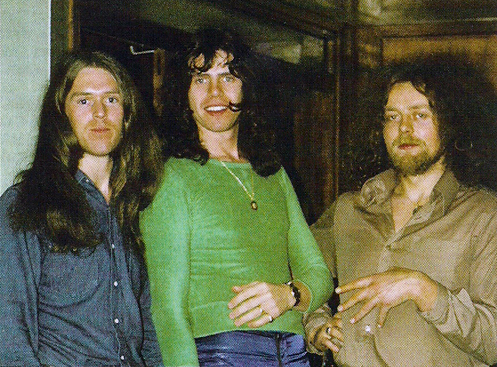
How do you do sound for 12,000 when you’re only carrying enough for 3,000? You cooperate, that’s how.
A quick study of the schedule showed that I knew a few of the sound guys from bands playing both before and a little after my band’s slot.
As each of us used WEM systems, linking up was simple. It was common practice on a regular three-act show for each band to use a different system: all three rigs would be set up in position, and as each band finished, their PA was torn down and moved off stage.
In combining our three WEM systems, we would have enough PA for the gig and be able to rent the system to any band that needed it.


